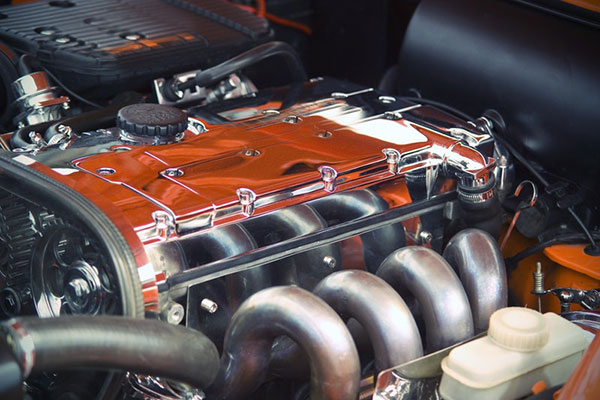HMRC, cars, and vans

If you’re unsure whether your business vehicle is technically classified as a van or a car, then you should read on.
Why is it so important to understand this? Well, if your vehicle is classified as car when it is technically a van, then you’re missing out on the tax advantages associated with van ownership. If you’re a VAT-registered business, your accountant will have advised you already that you can reclaim VAT and qualify for significant tax allowances.
However, many people do not know that, when buying a car, you cannot reclaim VAT applied to it and receive much fewer tax allowances available than if you had bought a van instead.
HMRC’s rules to classify whether a vehicle is a van or car are expansive and complex. To help, we have compiled this helpful resource from HMRC’s own guidance documents to give you a better understanding of how the taxman differentiates between cars and vans.
Advantages of company vans
For company cars, the taxable benefit associated with them ranges from 13% - 37% depending on the manufacturer’s list price, whether it uses diesel or petrol, and the level of the vehicle’s carbon dioxide emissions.
In comparison, all CO2-emitting vans are set at a taxable benefit of £3,350 in 2018/19. So, if an employee was taxed at basic rate, (s)he would pay 20% of that in tax. If you provided the fuel for your employee’s van, this would incur an additional tax charge of £126.60. National Insurance Employers’ Contribution would be payable in addition.
VAT input tax recovery
VAT on vans and other commercial vehicles (such as goods vehicles) can be recovered if the van is used for their business and used by a registered person.
VAT states that a car is any motor vehicle used on public roads with three or more wheels. The following criteria must also be met:
- The vehicle can either be constructed or adapted for the main purpose of carrying passengers.
- There must be roofed accommodation behind the driver’s seat.
In contrast, vehicles falling into the following criteria are not cars for the purposes of VAT:
- Caravans, ambulances and prison vans.
- Vehicles with three tonnes or more of un-laden weight.
- Vehicles with a payload of one tonne or more
- Special purposes vehicles – ice cream vans, hearses, breakdown and recovery vehicles.
The problem with car-derived vans
If your vehicle appears to be a car from the outside but inside it includes the following criteria, then it is classed as a van. The criteria for car-derived vans are strictly applied:
- There are no rear seats nor seatbelts
- The back area of the shell has a new floor panel – creating payload space
- The side windows to the back of the driver’s seats are opaque
The problem with combi-vans
Combination vans, or combi-vans, are vehicles that look like vans though they include rear seats for carrying passengers (or are designed with the ability to have this fitted).
For VAT purposes, HMRC classifies this type of vehicle as commercial however a vehicle must meet the following criteria:
- The payload is more than one tonne once the extra seats are included.
- The load area (that is completely unaffected by extra seats) is larger in size than the passenger section.
- If your vehicle does classify as a combination van, then you can reclaim the input VAT by following the normal rules when reclaiming VAT.
HMRC has a list of car-derived vans and combination vans to help you self-classify your vehicle as either a van or a car for VAT purposes. That list can be found here.
What do goods vehicles classify as?
The definition of a goods vehicle is a vehicle that is primarily for the “conveyance of goods or burden”.
Part of the definition of whether a vehicle is classed as a van depends on how the vehicle was constructed – for example:
- If the main purpose of the construction is to carry goods, then it will be classed as a van
- However – if the vehicle has a design weight exceeding 3,500kg it is classed as a heavy goods vehicle, not a van.
Are double cab pick-ups cars or vans?
Although many double cab pick-ups seem to be suited to carry both passengers and goods equally, the construction of the vehicle Is the defining aspect of its definition.
- If the payload capacity is one tonne or more – the vehicle is a van
- If the payload capacity is under one tonne – the vehicle is a car
To speak with Panthera Accounting’s team about cars, van, tax, and your business, please call us on 01235 768 561 or drop us an email to enquiries@pantheraaccounting.com – we’ll be back in touch with you shortly.

